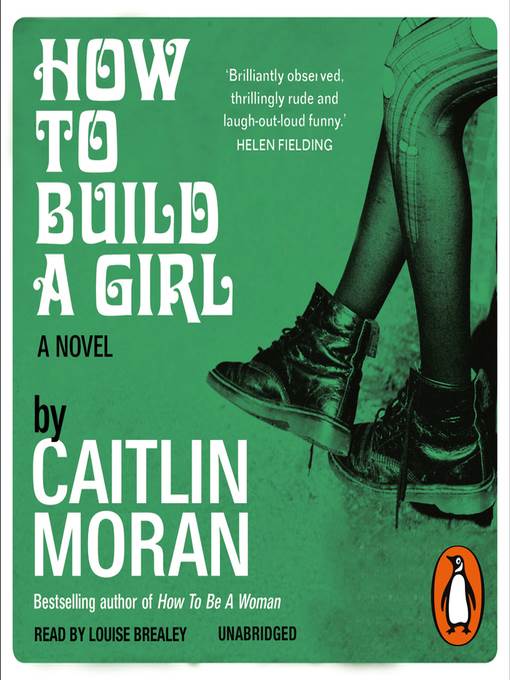
How to Build a Girl
فرمت کتاب
audiobook
تاریخ انتشار
2014
نویسنده
Louise Brealeyناشر
Ebury Publishingشابک
9781473501164
کتاب های مرتبط
- اطلاعات
- نقد و بررسی
- دیدگاه کاربران
نقد و بررسی

This coming-of-age story depicts Johanna Morrigan's transformation as she rebuilds herself and creates the life she wants to have. Louise Brealey is perfect as the voice of Johanna (a.k.a. Dolly Wilde). The story begins with the 14-year-old British teen making a fool of herself on a local television show and deciding to create a new persona--Dolly--and a career for herself as a music critic. Brealey's accent and light tone fit with Johanna's exploits and offbeat style. For her portrayals of secondary characters, however, Brealey varies her volume rather than giving them voices of their own. While much of the story is told through Johanna's thoughts and words, the dialogue of the other characters distracts from the story and takes away from the otherwise great narration. E.N. © AudioFile 2015, Portland, Maine

July 7, 2014
“The 1990s are a bad time to be poor and not-famous,” thinks 14-year-old Johanna Morrigan, who lives with her parents and four siblings on a council estate in Wolverhampton. Arguably, the new millennium brought little relief on this front, but for Moran (How to Be a Woman), the gritty British landscape of adolescence, set to a loud ’90s soundtrack of the Stone Roses and the Mondays, is the stage for Johanna’s fabulous reinvention of herself. Adopting the pseudonym Dolly Wilde, Johanna educates herself in eyeliner and contemporary music and begins submitting record reviews to a London weekly. In the process, she grows up, has adventures far beyond the estate walls, and learns to love herself. Moran’s sharp sense of humor comes through in Johanna’s observations. Gratifying, too, are the constant stream of ’90s alt-rock references (Soup Dragons, anyone?) and the portrait of a pre-Internet world, where kids actually had actually leave their houses to find new identities. Unfortunately, Johanna’s voice feels forced, and her exploits seem to surpass what might have been believable chutzpah.

























دیدگاه کاربران